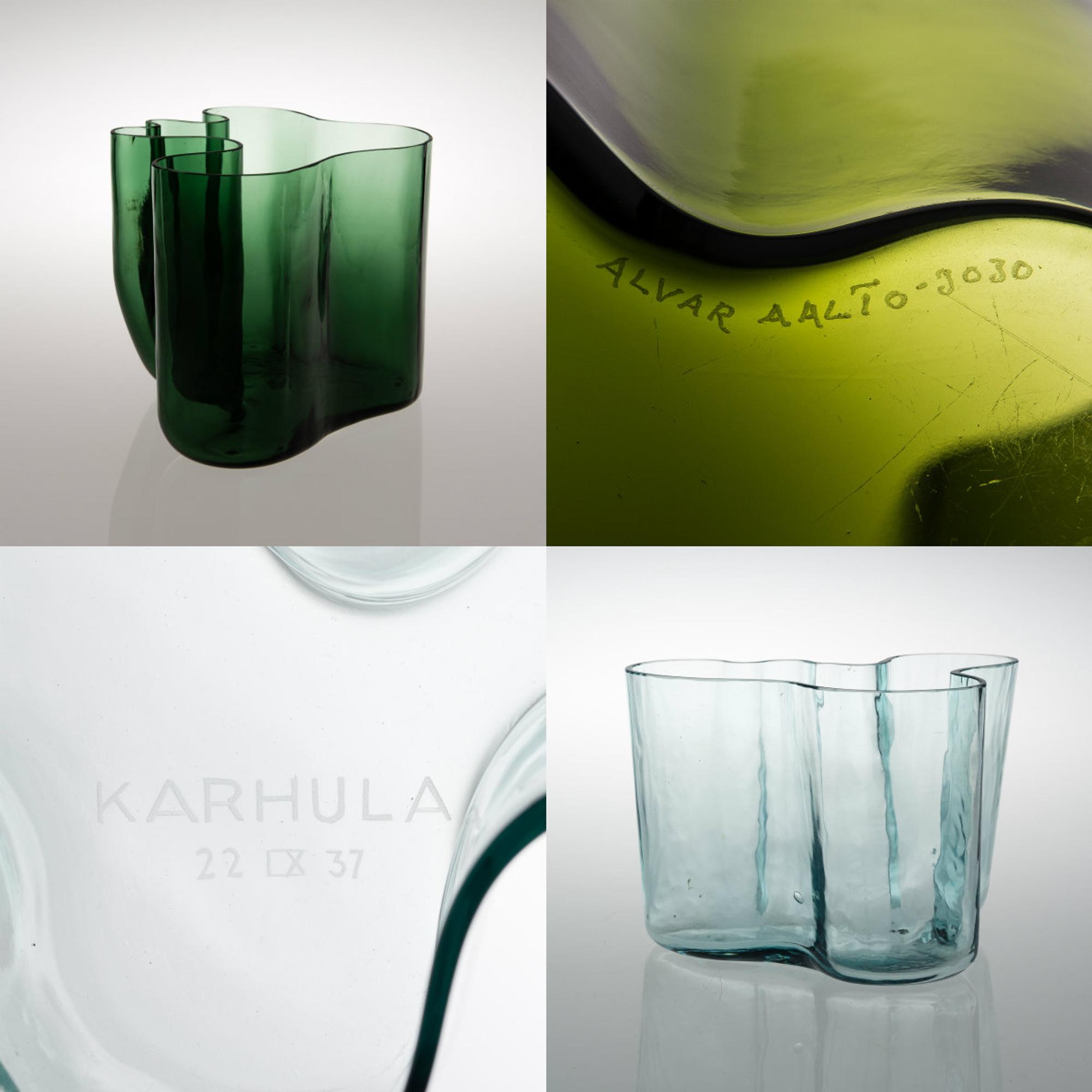
This Finnish design item can be worth tens of thousands!
An Aalto vase from the 1930s featuring a rippling surface might be worth thousands, or even tens of thousands, of euros. Here’s how to distinguish rare and valuable pieces.
A wedding present, a graduation present, or a milestone gift—Aalto vases are known by nearly everyone in Finland. Last year, the vase was voted the most beloved design object during Finland’s centennial [in Finnish].
Alvar Aalto designed the vase for a design competition held by the Karhula-Iittala glassworks in 1936. The original sketches were called Eskimoerindens skinnbuxa, which translates to “the Eskimo woman’s leather pants.”
The vase won the competition, and in 1937 it was shown in several sizes, shapes, and colors at the Paris World’s Fair. Around the same time, the vases also appeared at the Savoy Restaurant, which Alvar Aalto had designed. This is where it got its nickname, the Savoy vase.
“There wasn’t much demand for them at the time. In the 1930s, they were considered too minimalist. Sales were low, but some orders did come from abroad,” design expert Anna Rosenius from Bukowskis auction house explains.
The original vases were available in clear, smoke, pale blue, green, and rio brown. They were blown into wooden molds and sold only through special orders at Artek, an iconic furniture store. The so-called standard model, which everyone recognizes as the Aalto vase, was assigned the serial number 9750 at the time.
Aalto vases from the 1930s are rare and especially sought after. Last spring, a wooden-mold-blown vase was auctioned at Bukowskis for over 40,000 euros. It was slightly larger than the 9750 model, standing about 20 centimeters tall. Other vases from the same era have also gone for thousands of euros. Rarity and a large size boost the price.

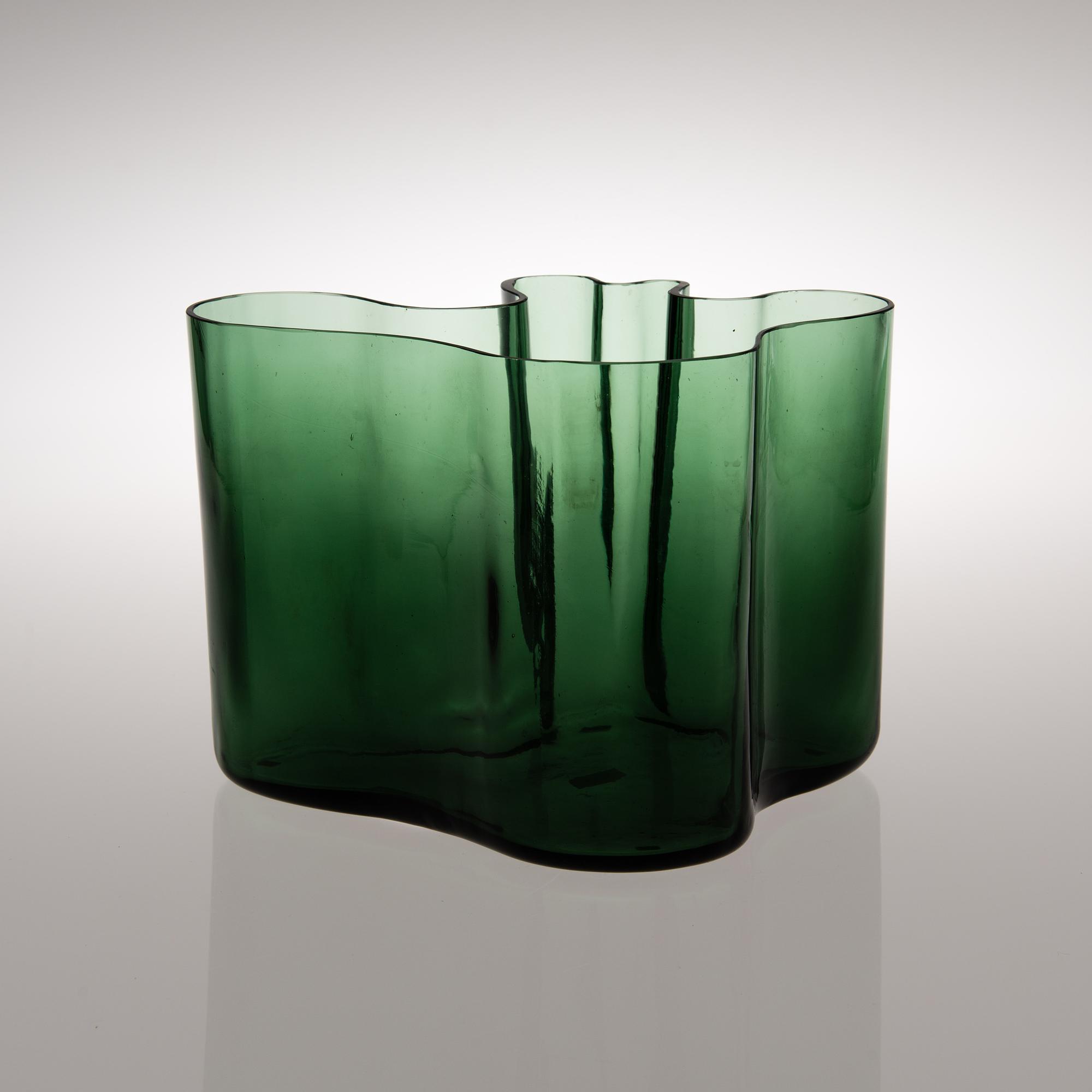

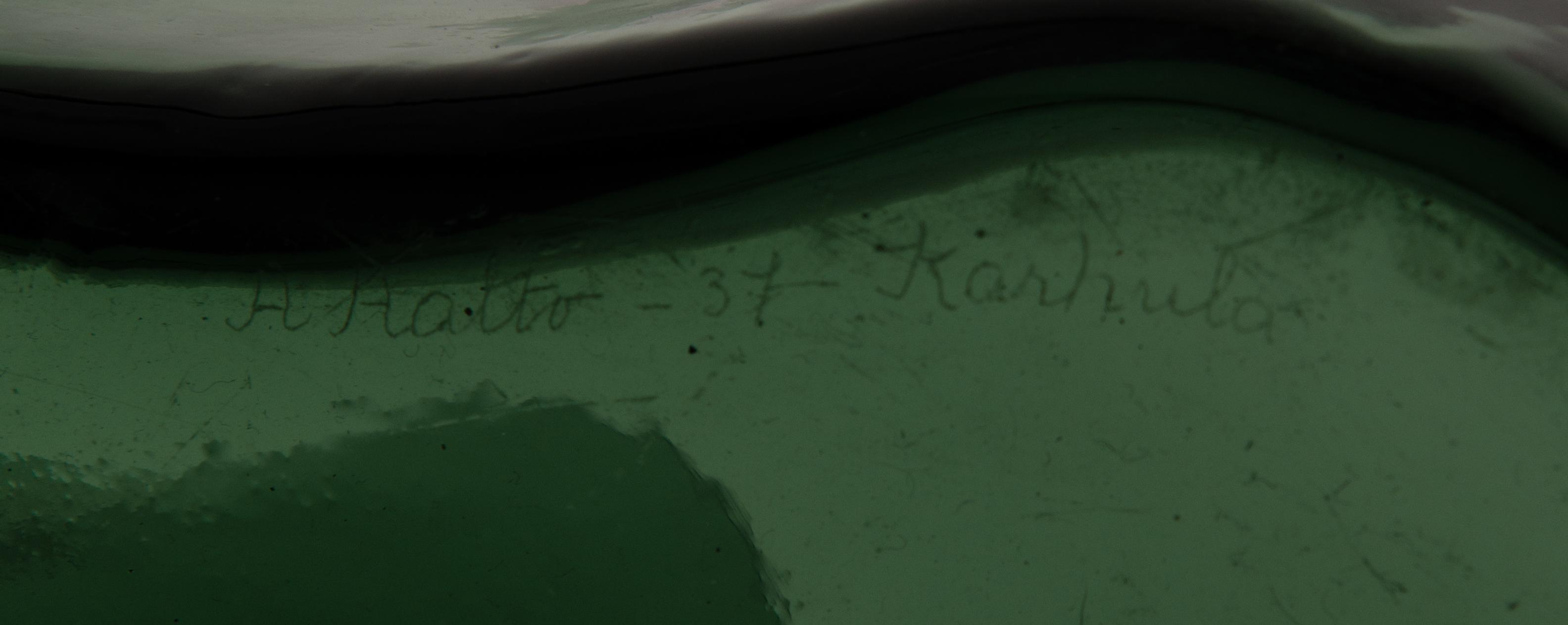

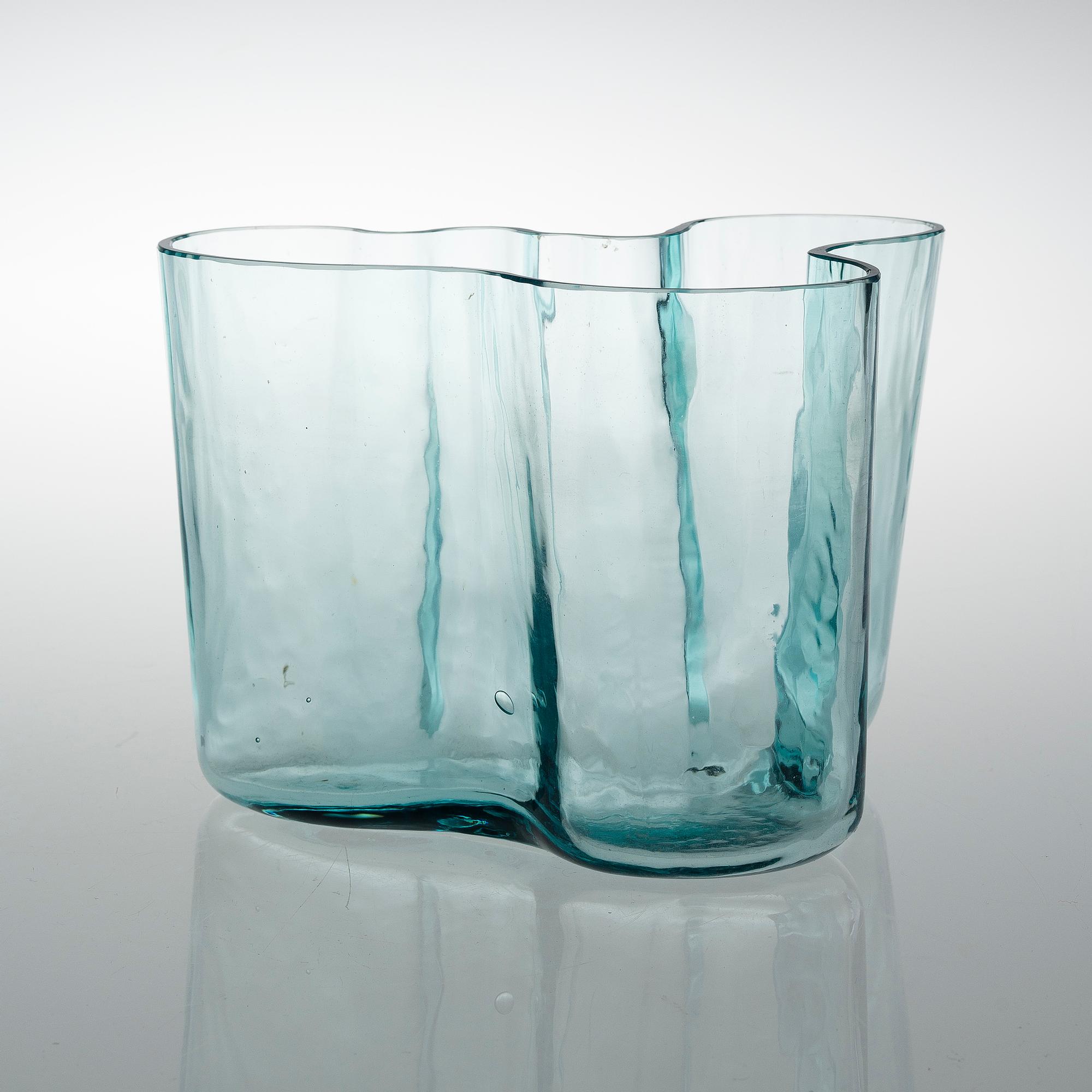
Collectors covet the “reporter’s vase”
Rarity and larger size raise the price. When it comes to the standard Aalto vase, collectors prize the so-called reporter’s vase (lehtimiesmalja). The vase was produced in a batch of 50–70 pieces as gifts for journalists visiting the Karhula factory’s 50th anniversary. It can be identified by the Karhula signature on its base and its simpler shape with fewer folds. The vase was essentially a cheaper version, since its straightforward design was easier to produce and the glass was inexpensive household glass that retained an iron-induced color flaw.
Legend has it that this vase didn’t impress journalists at the time, and some even tossed their Aalto vases out the train window on the trip back to Helsinki. True or not, there wasn’t much coverage of Aalto vases compared to his furniture back then. Today, the reporter’s vase is highly valued: in April 2017, one sold at Bukowskis for 17,400 euros.

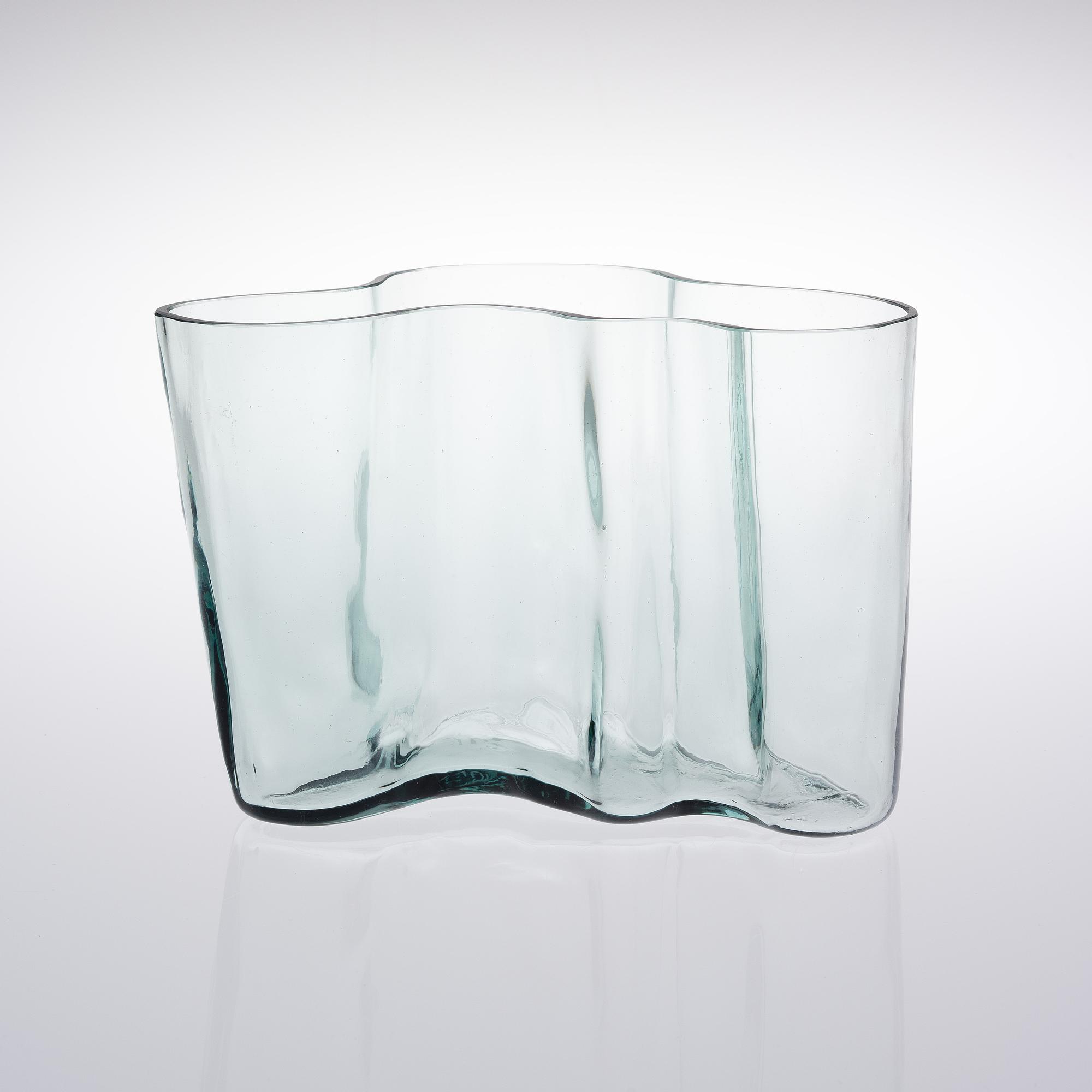

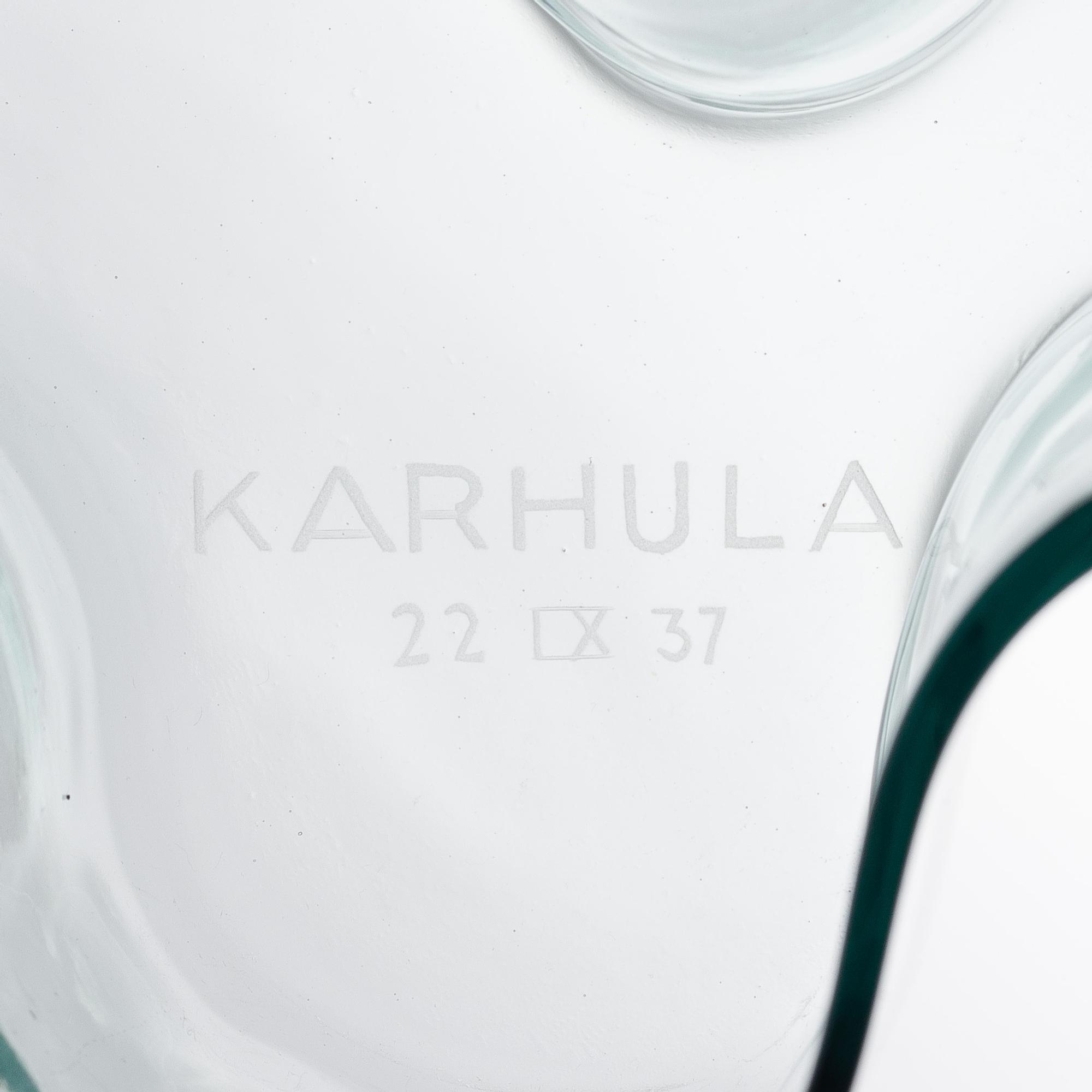

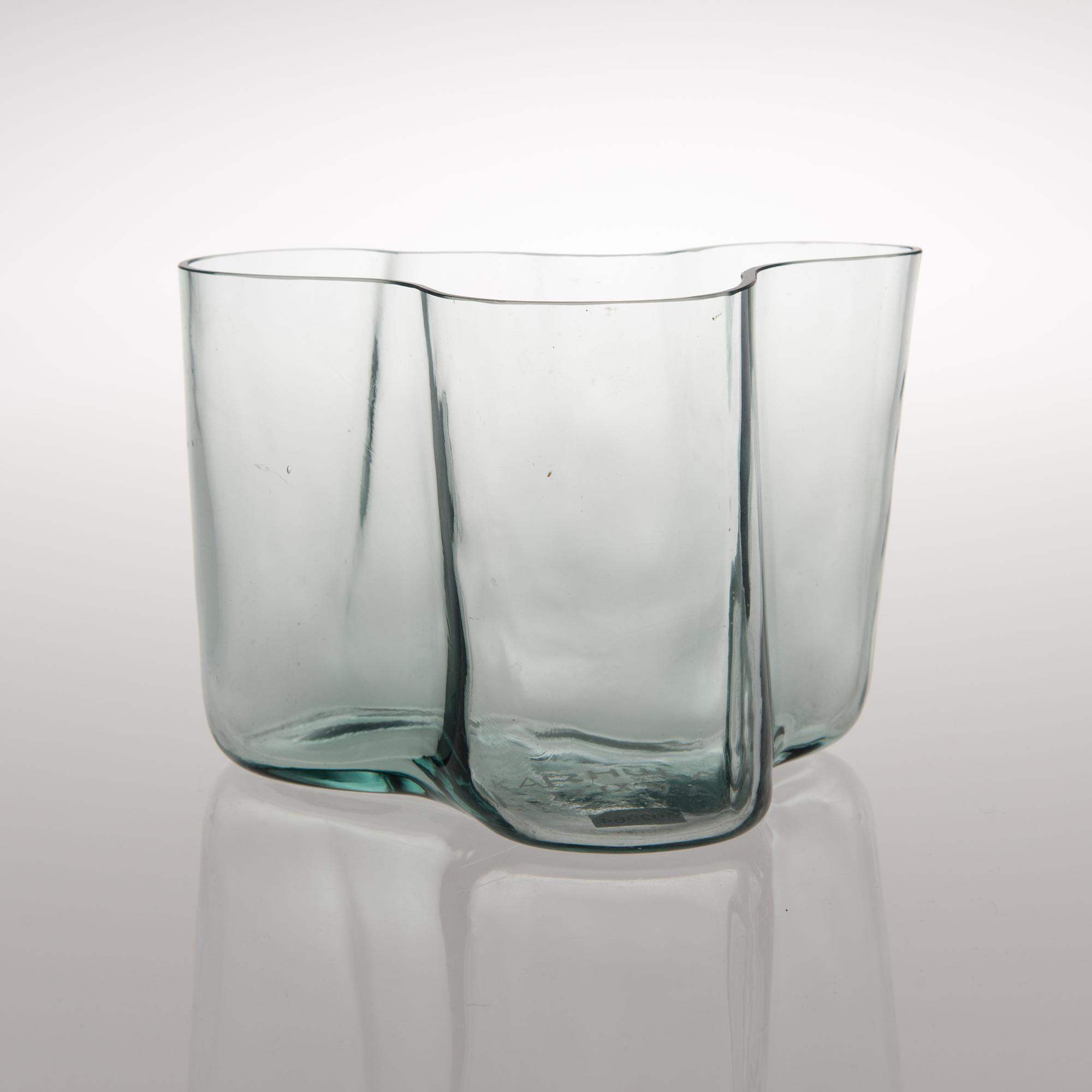
Production technique affects value
During the war years, vases were produced only occasionally, but after 1946 production resumed. In 1949, production moved to Iittala, and in 1954 the process changed from wooden molds to metal molds. Vases made at Iittala bear the serial number 3030.
Aalto vases made after the 1950s aren’t as valuable as those from Karhula. These days, they usually fetch a few hundred euros. Dark green is currently more sought after among collectors than other colors. A 15-centimeter dark green Aalto vase from the 1950s might bring 500–700 euros, while clear ones sell for around 100–200 euros, according to Rosenius.

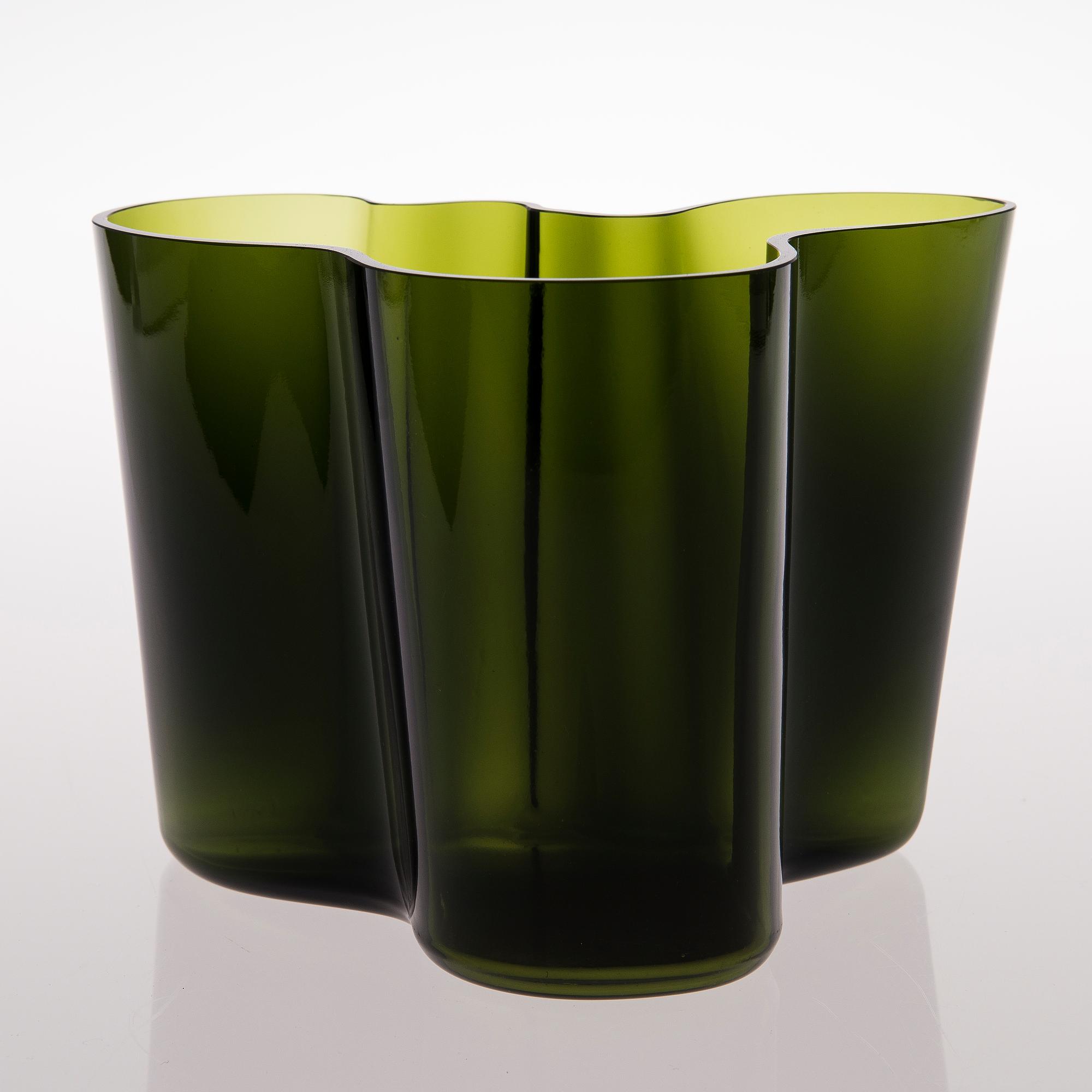

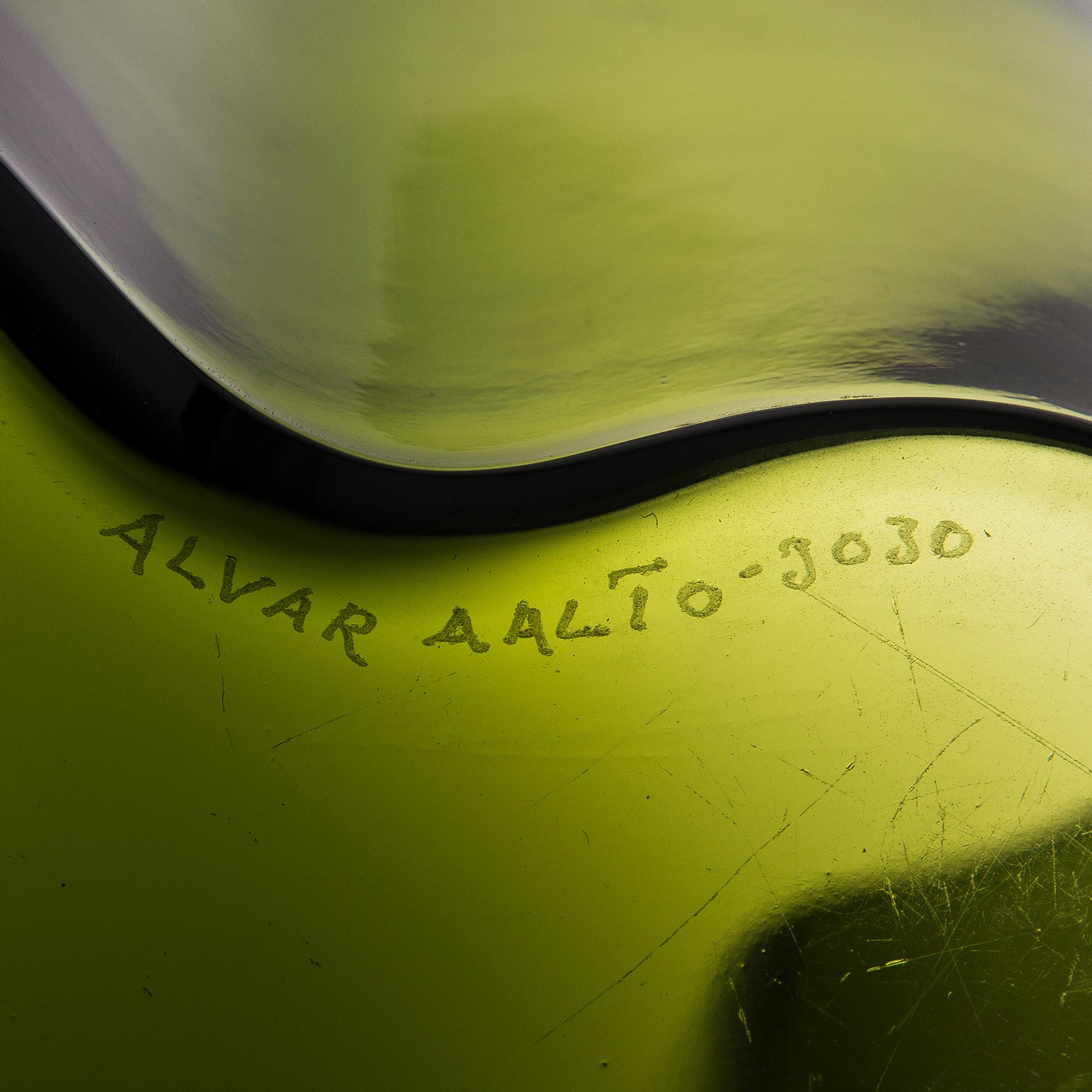
Although the Aalto vase is well-known, recognizing an old one isn’t always straightforward. Early pieces were produced in small batches and weren’t systematically signed until the 1950s.
If you think you own a valuable old Aalto vase, it’s worth having a design glass specialist take a look.
“There are still Aalto vases from the 1930s in private collections,” Rosenius believes.
Popularity grew in the 1980s
For a long time, Aalto vases sold slowly, until their popularity began to grow in the 1980s. In 1986, to mark the vase’s 50th anniversary, Iittala produced a special edition of 8,000 dark green vases marked 1936–1986 Iittala on the base. According to Rosenius, these vases can now sell for about 200–300 euros.

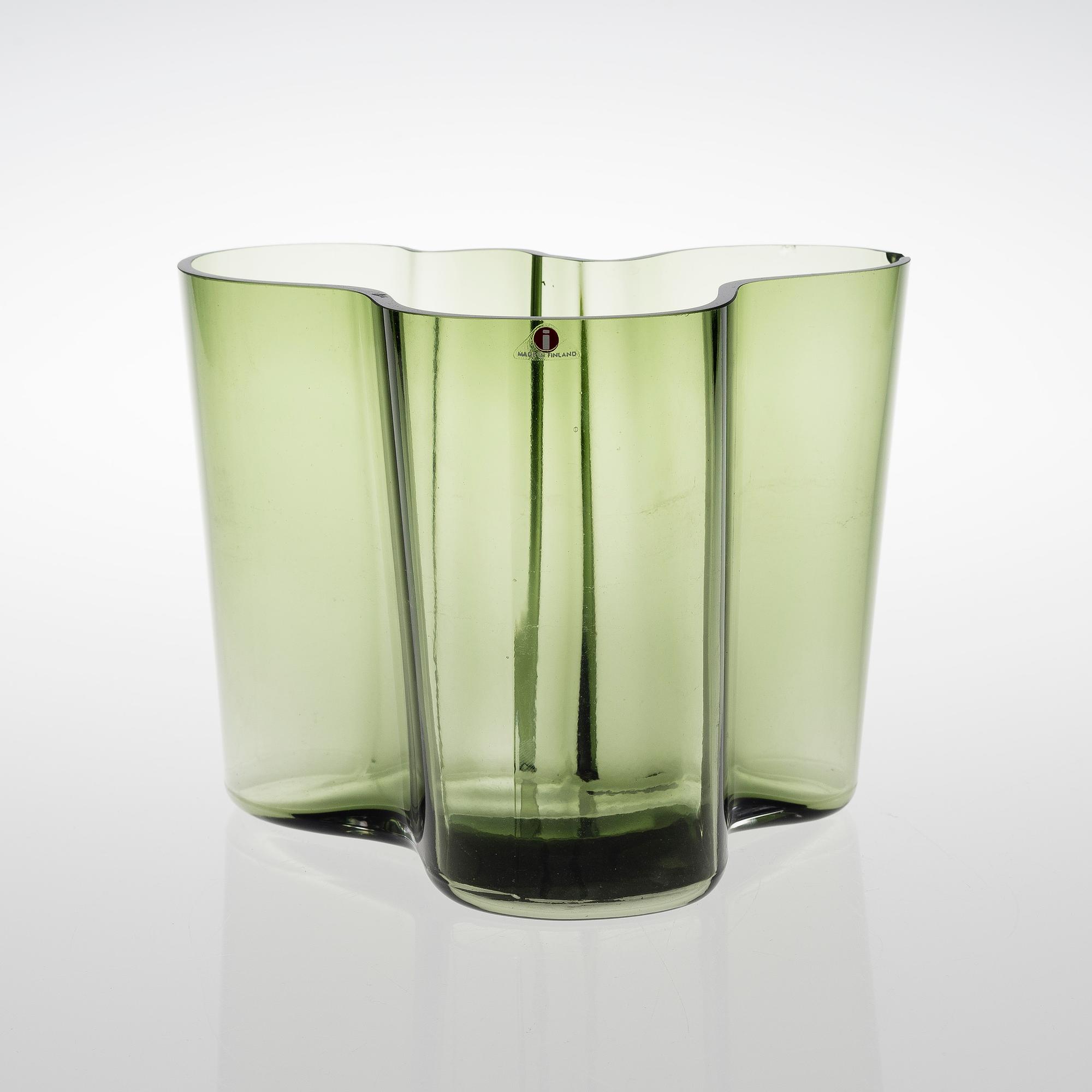
Meanwhile, the 60th-anniversary edition from 1996 was a Rio brown vase blown into a wooden mold. These typically go for around 100–200 euros.

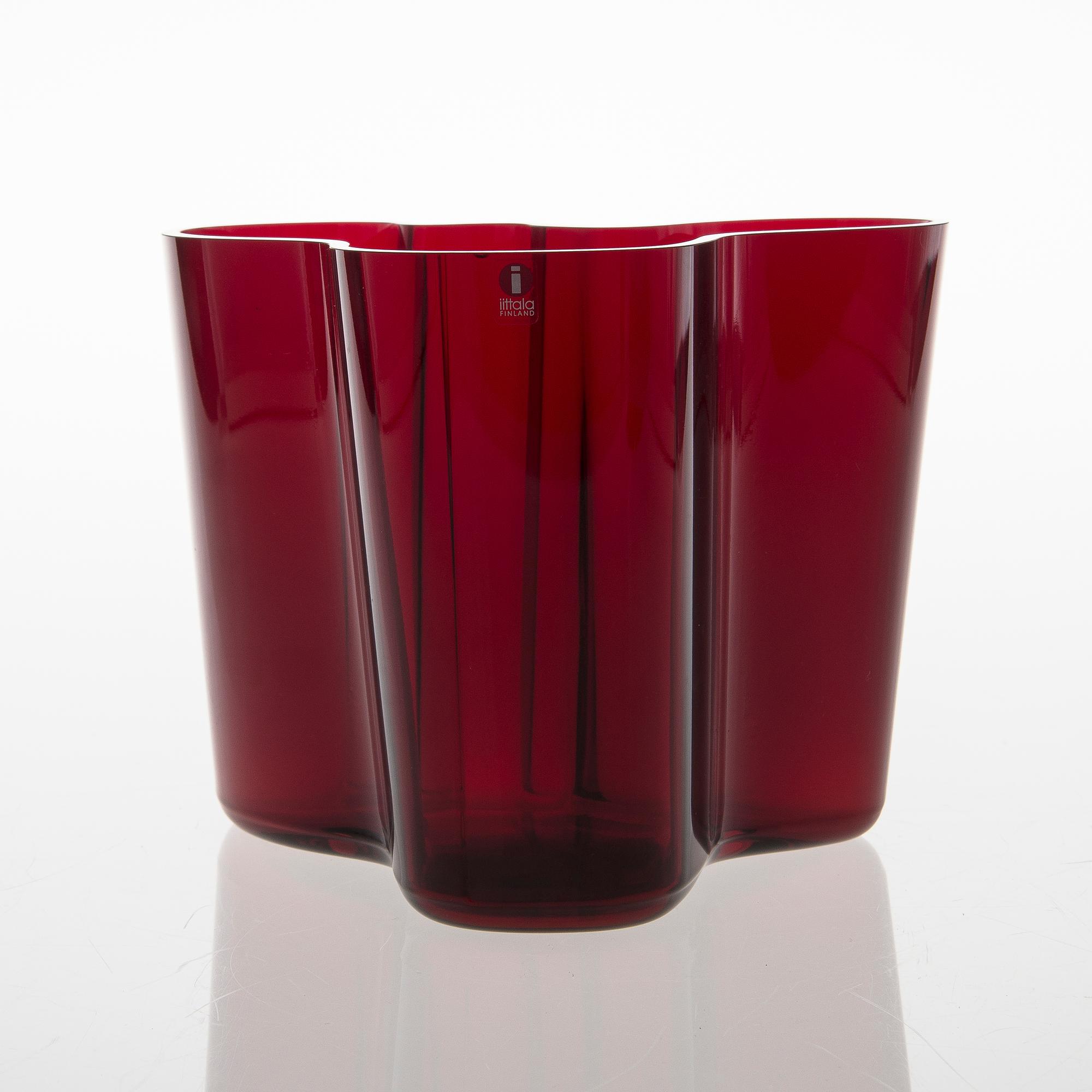
Though rare Aalto vases can bring impressive sums, newer models generally aren’t worth much. For example, Bukowskis no longer accepts 2000s Aalto vases for auction. By comparison, a new Aalto vase costs 135 euros. A new cranberry-red vase is pricier at 269 euros because of its production process.
“These days, there are also tealight holders and other products that no longer follow Aalto’s original dimensions,” Rosenius points out.

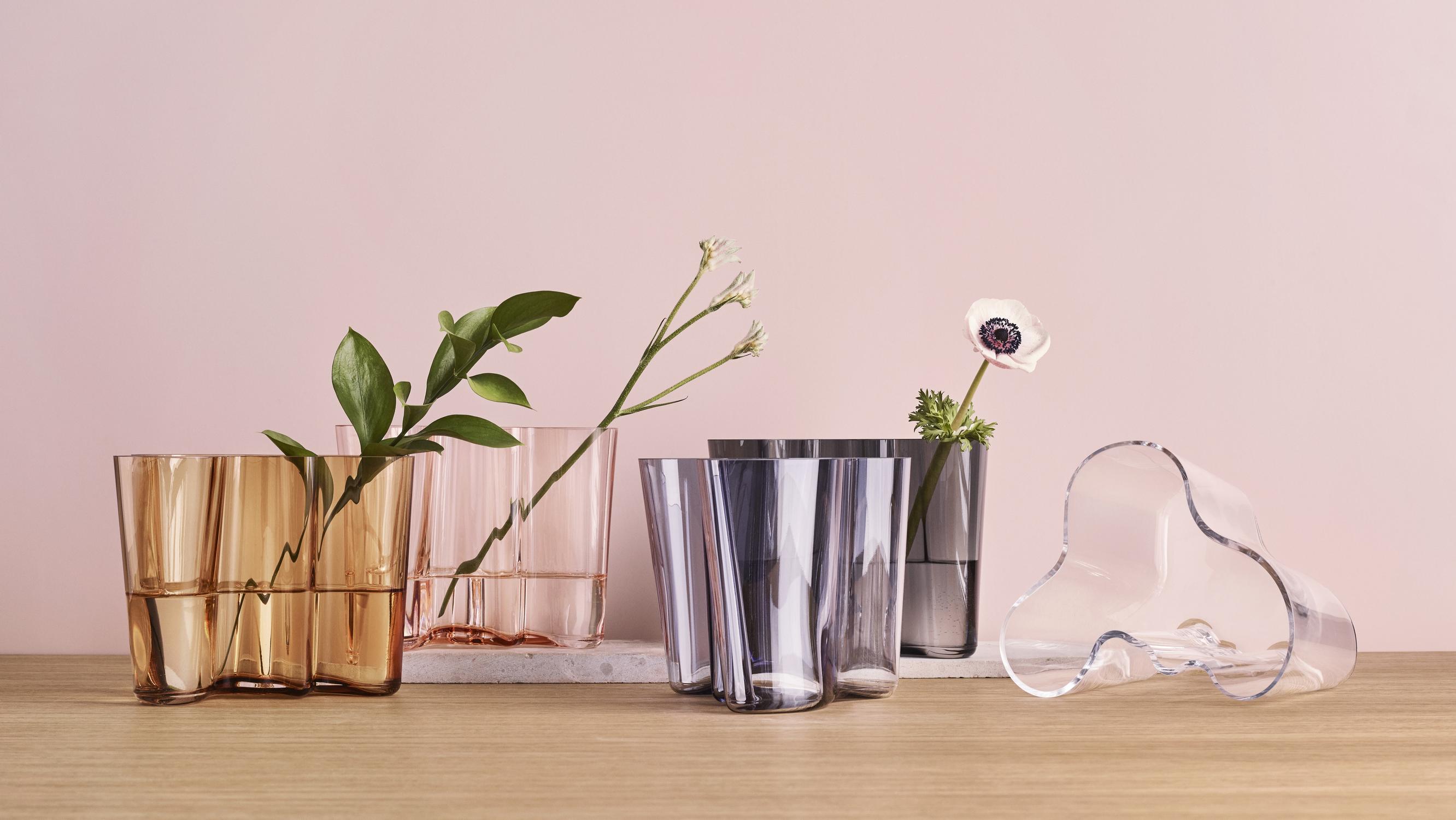
Check these features on your Aalto vase:
Height. The oldest and most valuable Aalto vases from the 1930s are 14 centimeters tall. In the 1950s, they were about 15 centimeters, and after 1957, they stand 16 centimeters tall.
Seams. The very first vases produced using wooden molds have no seams at all. Vases made after 1949, blown into metal molds, do show seams in the corners, though the ridges on a metal-molded vase can be tough to spot. On newer vases, the seam is on the base. Wooden molds were occasionally used even after switching to metal molds, so that alone doesn’t confirm a vase’s age.
Surface. The oldest and most valuable Aalto vases were blown into alder wood molds. Their glass has a rippling, uneven thickness, and the vase may have slight variations in height.
Signature. Aalto vases began to be signed after 1949. Consistent signing started in 1953, when the vase entered serial production. However, some pieces or special orders were signed earlier. The valuable reporter’s vases are marked with Karhula on the base. Over time, signatures have been made with a diamond-tipped rotary tool or by sandblasting, which began in the early 1980s. Since 2005, vases have been signed by laser.
Serial number. The so-called standard Aalto vase was originally assigned the number 9750. When production moved from Karhula to Iittala, it changed to 3030, which is still in use. There are at least 12 different Aalto vase shapes.
Iittala sticker. The sticker was originally designed by Timo Sarpaneva in 1956 for his own glass series. Later, it was used for other Iittala glass as well. Over the years, the sticker’s look has changed. See examples of different stickers from various decades on the Tavarakeidas website.
Sources: Design expert Anna Rosenius from Bukowskis, Kaisa Koivisto, curator at the Riihimäki Glass Museum, and Igor Herleri’s article “The First Wave of Alvar Aalto’s Glass Art” in the Finnish Glass Yearbook 2017 (Friends of the Finnish Glass Museum, 2017).


